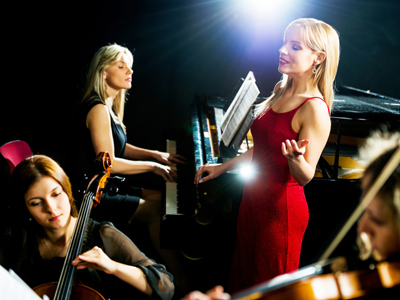
Writing Playscripts
This English Language quiz is called 'Writing Playscripts' and it has been written by teachers to help you if you are studying the subject at middle school. Playing educational quizzes is a fabulous way to learn if you are in the 6th, 7th or 8th grade - aged 11 to 14.
It costs only $12.50 per month to play this quiz and over 3,500 others that help you with your school work. You can subscribe on the page at Join Us
Writing playscripts and taking part in school plays can be great fun. But do you know how to move about on stage? Do you know the different parts of a theater? In this middle school English quiz you are also going to learn a few things about the theater itself. Learning these terms will make you feel like a real stage actor.
Ready for more?
not all...
quizzers. Try to win a coveted spot on our Hall of Fame Page.







